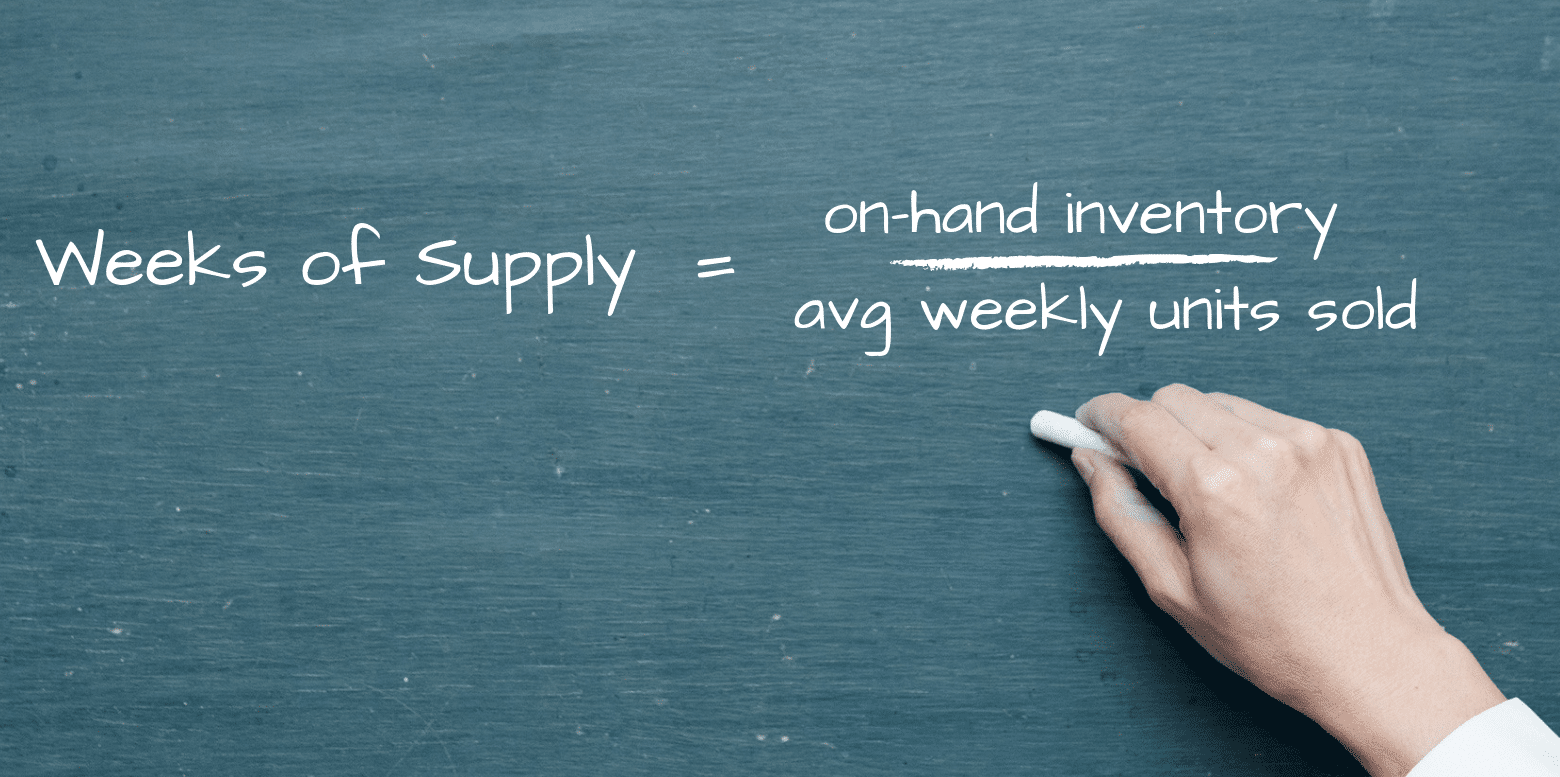How to Calculate Weeks of Supply
A metric fundamental to managing the retail supply chain is weeks of supply (WOS). Weeks of supply tells the inventory manager how long the current on hand will last based on current sales demand. By keeping your eye on weeks of supply, you can avoid inventory stock outs and lost sales. The basic calculation for weeks of supply is pretty simple: on hand inventory / average weekly units sold. However, our work with vendors demonstrates calculating an accurate and useful weeks of supply can be anything but simple. Let me explain. An EDI 852 document will provide units sold and on hand. Very few EDI 852 documents provide data for inventory on order, inventory in transit, or inventory in the warehouse. More sophisticated systems, like Wal-Mart’s Retail Link, will provide the additional inventory data. So, the first issue an analyst working only with EDI 852 must overcome is to gain a complete picture of the inventory in the supply chain – all the inventory. If you are working with a Home Depot 852 or a Lowe’s 852 you must also gather your purchase order and shipping data so that you have the ability to understand on order and in transit inventory. You must also decide how to apply inventory in the supply chain. That is, will you sum on hand + on order + in transit to use as the numerator in your calculation? Or perhaps you would prefer to ignore the on order due to long shipping lead times and use on hand + in transit.

The next consideration is how to calculate the average weekly units sold which is the denominator in the weeks of supply calculation. This requires some careful consideration. If the number of weeks used to calculate the average is not selected correctly you will arrive at a misleading result.
One vendor has products which are non seasonal and tend to have very steady and consistent sales. The other vendor has products which are seasonal and sell much higher in the warm spring and summer months. When choosing the number of weeks for calculating the weeks of supply, you want to consider the rate at which your demand changes. If your demand is fairly steady, like the non seasonal vendor, a larger number of weeks can be used. If, however, your demand tends to change rapidly due to seasonality or based on some event like selling licensed apparel during football season, then you should choose a smaller number of weeks. Our experience shows that a seasonal vendor should consider a four week window of sales demand and a non seasonal vendor should choose 8 to 10 weeks.
The final point to make about calculating weeks of supply is to consult with your retail buyer on the period of demand they are using. If you are using four weeks and they are using six weeks, you will arrive at different order quantities. By discussing the calculation, you may find your method is more accurate or you may find the retailer has good reasons for their method. If you still feel your method is more accurate, then calculate weeks of supply using both methods and track the accuracy over time. This will provide you with the factual data to either change your calculation method to align with the buyer’s, or demonstrate to them why your calculation is more accurate.


